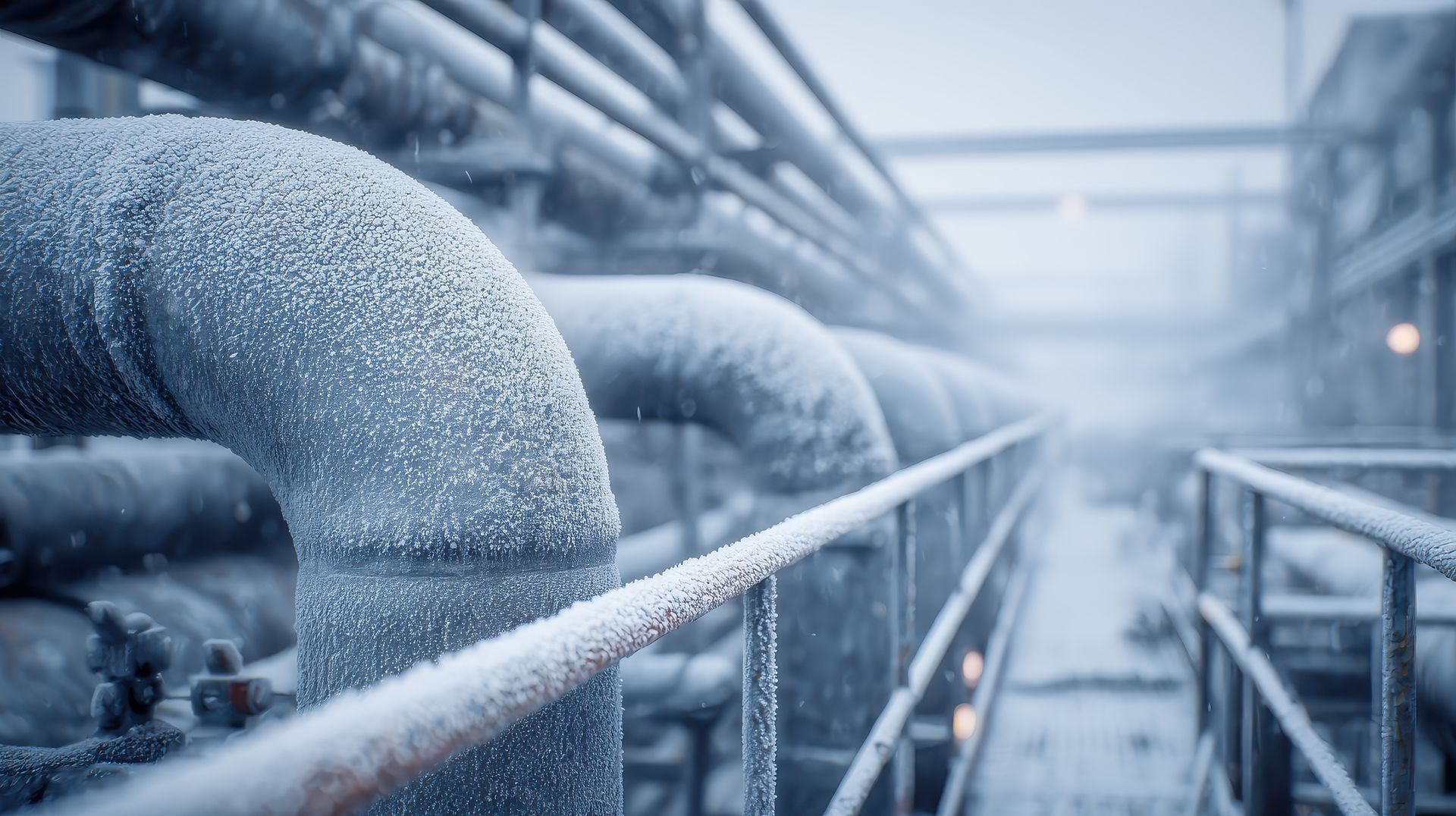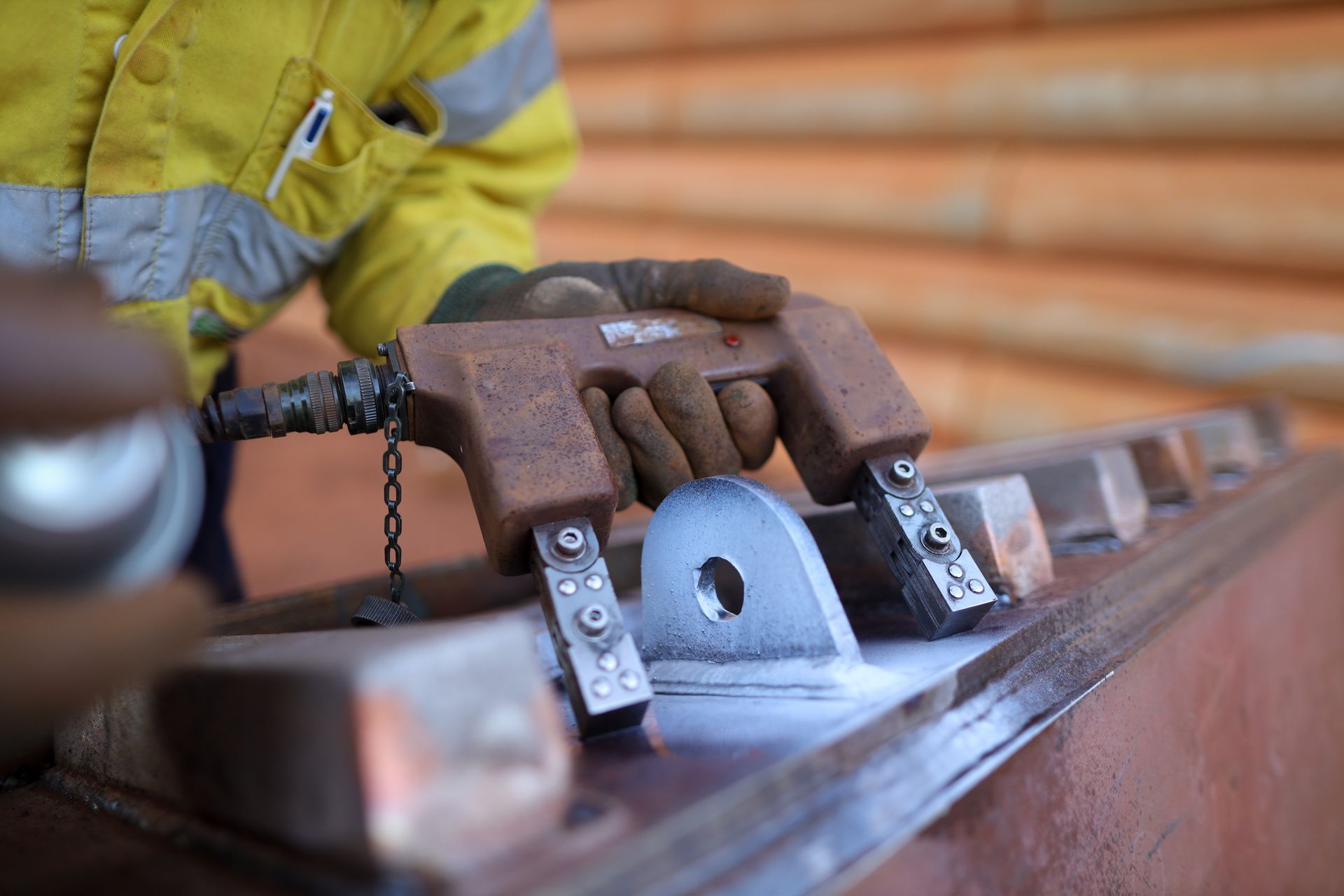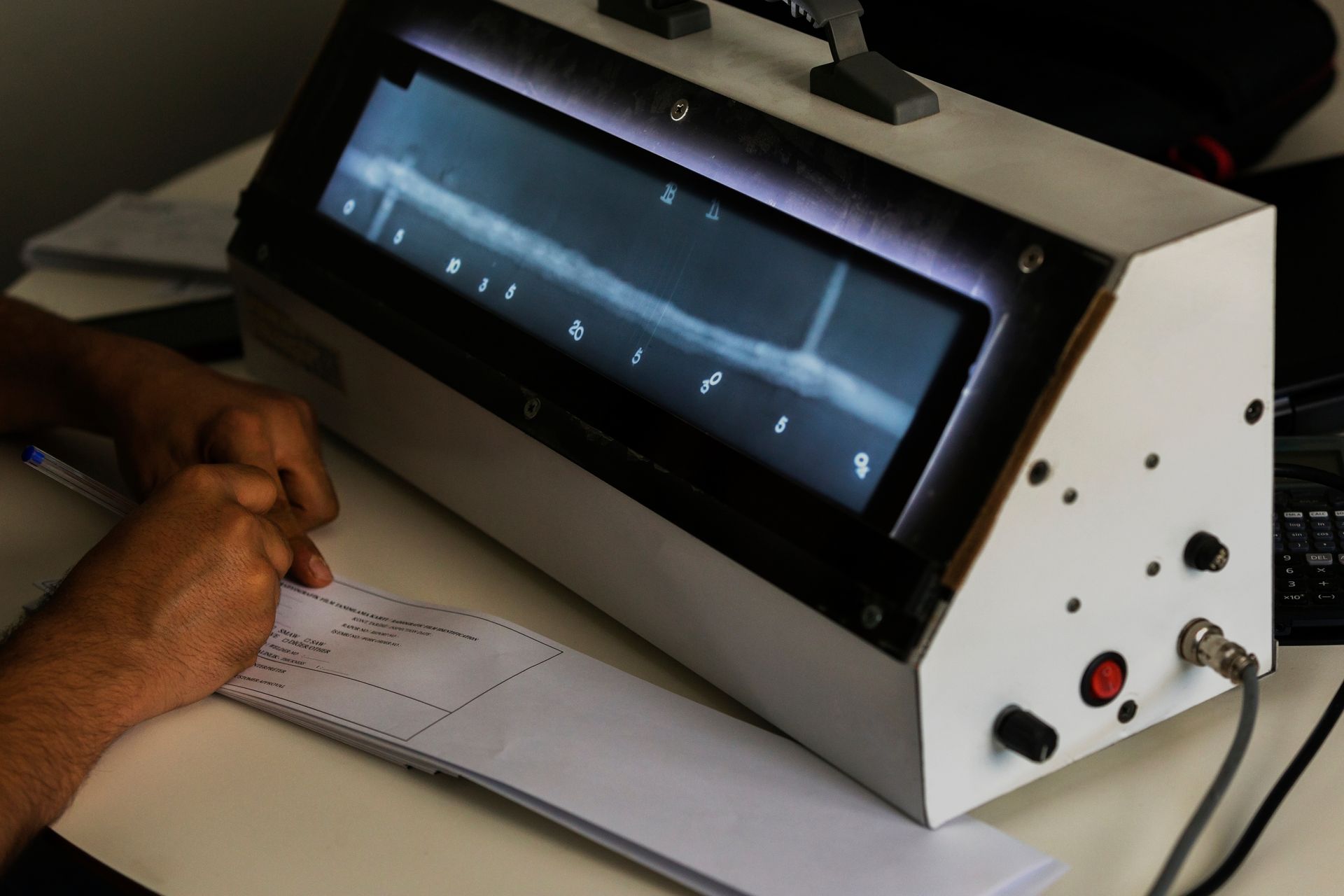What Are the Most Common Winter Damage Indicators in Steel Structures?
October 21, 2025
Understanding Winter’s Impact on Steel Structures
Winter weather poses unique challenges for steel infrastructure, from bridges and pipelines to industrial facilities. Freezing temperatures, moisture accumulation, and deicing chemicals can cause corrosion and fatigue, weakening structural integrity over time.
At Steel City NDT, our team specializes in detecting these issues early using advanced non-destructive testing methods that help prevent costly repairs or failures.
Understanding the warning signs of winter damage allows maintenance teams to take proactive action before problems escalate.
1. Corrosion and Rust Formation
Corrosion is the most common and damaging winter issue affecting steel. Moisture, snow, and road salts create an electrochemical reaction that causes rust formation on unprotected surfaces.
Look for:
- Discoloration or orange streaking on exposed steel
- Flaking paint or coatings
- Rough, pitted surfaces
NDT techniques such as ultrasonic testing and magnetic particle inspection are essential for detecting corrosion beneath coatings or in hard-to-reach areas before visible signs appear.

2. Fatigue Cracking from Temperature Fluctuations
Extreme temperature shifts cause steel to expand and contract repeatedly, leading to microcracks that grow over time. These cracks can form at weld joints, bolted connections, or high-stress zones.
Signs include:
- Hairline fractures around welds or fasteners
- Unusual vibration or noise from metal structures
- Deformation or misalignment of beams or joints
Eddy current testing is excellent for identifying surface and subsurface cracks before they compromise structural safety.
3. Brittle Fractures in Cold Temperatures
As temperatures drop, steel’s ductility decreases, making it more susceptible to brittle fractures. Older or improperly treated steel is especially vulnerable.
Watch for:
- Sudden breaks or clean fractures without bending
- Localized failure near high-load points
- Cracking in older or low-temperature service steels
Radiographic testing (RT) and ultrasonic testing (UT) can reveal internal flaws caused by embrittlement and stress concentration.
4. Moisture Intrusion in Welded or Bolted Areas
Snow and ice can infiltrate joints, seams, or welds, leading to long-term deterioration. Once trapped, moisture accelerates corrosion when temperatures rise again.
Indicators include:
- Rust lines around joints or bolts
- Condensation inside hollow sections
- Degraded sealants or gaskets
Routine visual inspection (VT) paired with dye penetrant testing (PT) can pinpoint moisture-prone areas early.
5. Coating Degradation and Paint Peeling
Protective coatings are the first line of defense against winter damage. Freezing rain, snow, and UV exposure cause paint peeling, blistering, or cracking, exposing raw steel underneath.
Visible signs:
- Bubbling or flaking coatings
- Uneven color fading
- Corrosion spots beneath coatings
Holiday testing and coating thickness measurement are key NDT techniques that help evaluate coating integrity and detect pinholes or thin areas.
6. Structural Distortion or Warping
When snow or ice accumulates unevenly, the additional load can cause bending, twisting, or sagging in beams and supports. This deformation not only stresses the structure but may also signal hidden internal damage.
Inspection teams should look for:
- Visible deflection or uneven surfaces
- Bolts or fasteners shifting out of alignment
- Cracking around load-bearing areas
Using laser scanning or 3D structural monitoring helps engineers track even the smallest deviations in steel alignment.
Why Non-Destructive Testing Is Essential for Winter Inspections
Non-destructive testing (NDT) provides a reliable, cost-effective way to detect damage without dismantling or disrupting operations. Winter inspections using NDT are vital for:
- Identifying corrosion beneath insulation or coatings
- Detecting microcracks before they worsen
- Ensuring weld quality and structural soundness
- Extending the lifespan of industrial assets
At Steel City NDT, we use advanced methods like ultrasonic, magnetic particle, eddy current, and radiographic testing to assess steel structures across industries including energy, transportation, and construction.
Preventative Maintenance for Winter Protection
To minimize winter-related steel damage:
- Schedule NDT inspections before and after winter.
- Apply protective coatings or sealants to exposed steel.
- Use dehumidification systems in enclosed environments.
- Maintain proper drainage to prevent standing water or ice accumulation.
- Keep accurate inspection records for trend analysis.
Regular maintenance ensures your infrastructure remains compliant, efficient, and safe through the harshest conditions.
Conclusion
Winter weather is one of the toughest tests for steel structures, but with consistent non-destructive testing, you can identify damage before it escalates. From corrosion to fatigue cracks, early detection ensures the longevity and reliability of critical assets.
Contact Steel City NDT today for comprehensive winter NDT inspections, corrosion analysis, and year-round maintenance solutions to protect your steel infrastructure.





